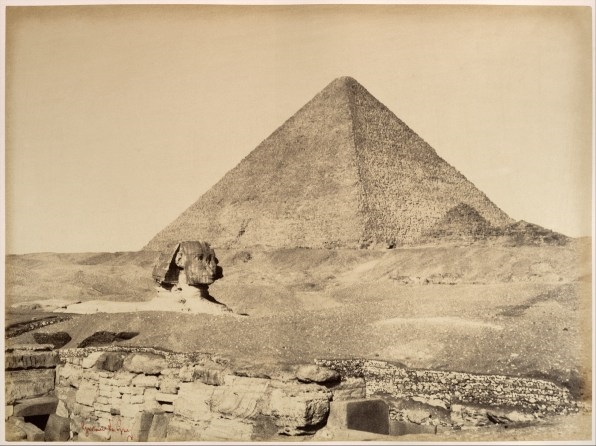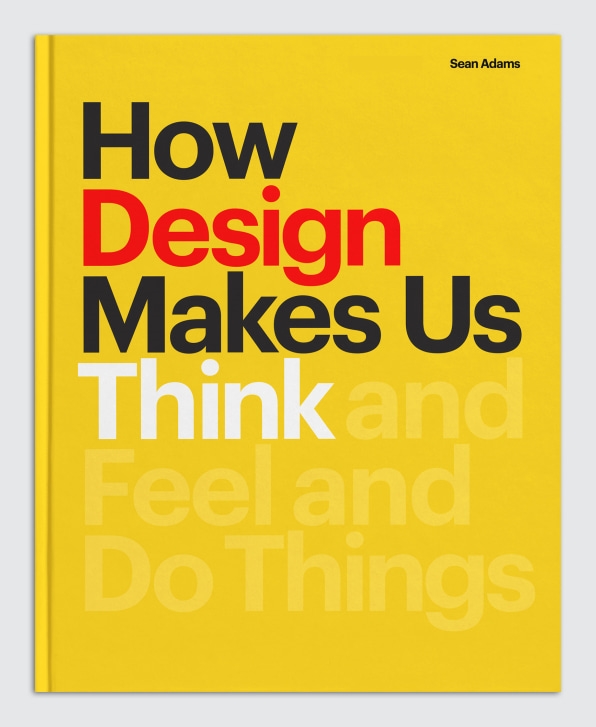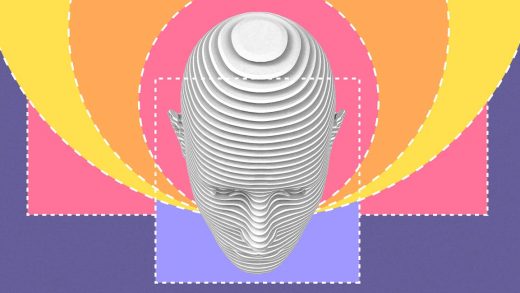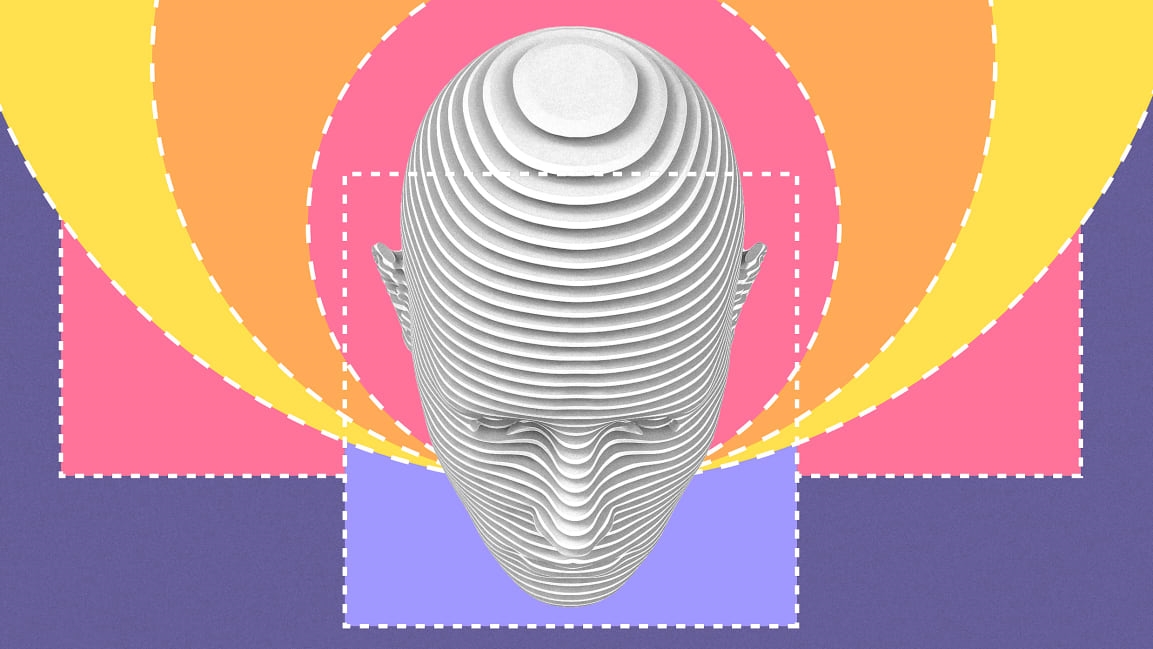Design elicits powerful emotions. This new book explores why
Interestingly, when interviewed, most designers are seemingly unaware of the formal tools applied to manipulate a response. One might suggest that he or she added yellow to a poster to make it “happy.” Another describes the smooth forms of the vacuum cleaner as “nicer to see.” While this may indicate a deficit in the designer’s self-awareness or ability to articulate critical thinking, intuition is one of the best designer’s greatest tools.
One designer told me that he advises clients that 80% of the solution will be based on research, logic, and rational thinking. The remaining 20% is intuition. He could not, and would not, attempt to justify this part of a solution. Working intensely in a world of communication driven by the tiniest detail, designers are brilliant at intuitively recognizing the formal issues required to elicit the correct response.
Deep experience manipulating form, materials, color, typography, and imagery allows a designer to elicit a reaction from the viewer that is complex and, at times, contradictory.
For example, a children’s toy will read as innocent and carefree. But why? What in its form is honestly innocent and playful? We read these attributes into the artifact because we have repeated exposure to similar toys in the context of children. Add some blank zombie-like white eyes to the porcelain doll, and it’s evil. The culmination of our experiences and references determine our connection, or lack thereof, to a communication.

[Photo: courtesy Princeton Architectural Press]
Other forms demand that we think. For example, we might ask why there is a bite out of the Apple logo. Or when we are confronted by the pyramids at Giza, we might ask who built them, how, and why they were built. These questions arise as we feel awe, power, and our sense of smallness against the vast size of the structures.
Many forms have explicit cultural significance. The color white in Western society reads as purity. In Eastern culture, it may be considered a symbol of death. Recognizing the genesis and the intended audience is critical to the practice of deconstructing any form of design.
We are surrounded by design. Every part of the man-made world is designed. Often we stop seeing it; it fades into the background, like telephone poles.
So recognizing the designer’s power to create an emotional response and arouse desire is critical to modern life. As designers it allows us to be more purposeful and aware of the formal choices we make—and our inherent responsibility to do good. For nondesigners it creates a level playing field. One may feel moved to tears after seeing the television commercial of a puppy reunited with a 12-year-old boy by the river. But now, we will be cognizant of the conscious connection to the characters and symbols we already know from books such as Tom Sawyer or Old Yeller.
There are so many possible emotional and intellectual responses to a given design that it is hard to disentangle them. At one point, I considered titling my book How Design Makes Us Feel. But that title rejected the rational processes we utilize to accept or refuse a message. The smooth forms of a new office chair feel good emotionally, but we are aware, intellectually, that it will function adequately, not require frequent repair, and project the aura of power we desire.
Marketers and designers are aware that their audience is assaulted by millions of messages daily. And that most people have a rational distrust of many of these messages. To be heard, understood, and remembered, the designer must engage the audience first to attract attention. He or she must then engage the viewer to spend time with the communication or engage with the object. A design must walk the fine line of being easy to use or understand and complex enough to require more attention. And finally, the audience, viewer, and user need to leave the experience with a positive feeling about the product or design.

Recognizing precisely what reaction we want to create and how to reach that requires more than an intuitive sense of something feeling “happy” or ”sad.” In my book, I delve into the sociological, psychological, and historical reasons for our responses. I explored these issues as a designer, as I am not a neurologist, psychologist, or sociologist. What visual and conceptual cues resonate, and why? This was my constant question. In the end, how does design make us think?
From How Design Makes Us Think, by Sean Adams, published by Princeton Architectural Press, reprinted with permission from the publisher.
(26)



